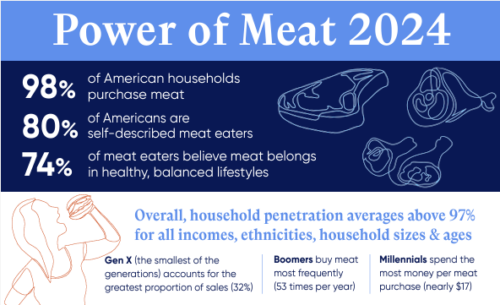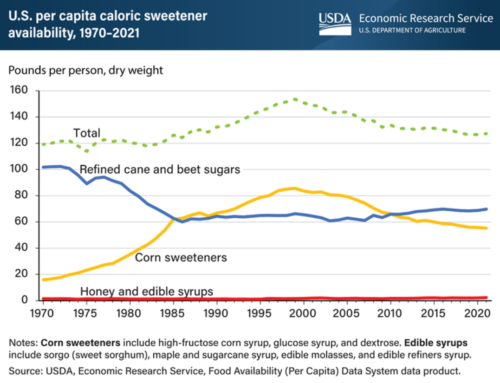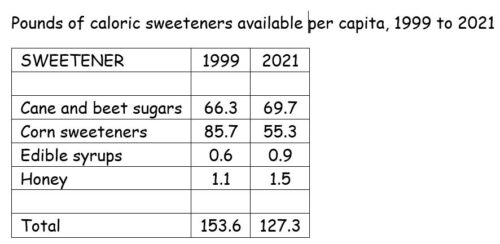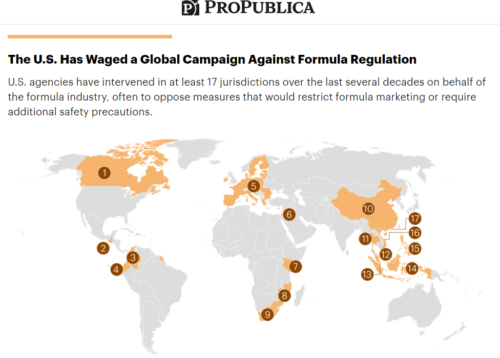Supplement in Japan causes illnesses, deaths
The headline caught my eye: 5 dead and over 100 hospitalized from recalled Japanese health supplements
The supplement is benikoji.
Kobayashi Pharmaceutical had been selling benikoji products for years, with a million packages sold over the past three fiscal years, but a problem crept up with the supplements produced in 2023. Kobayashi Pharmaceutical said it produced 18.5 tons of benikoji last year.
Apparently, the company knew there was a problem but delayed the recall.
What, you may well ask, is benikoji? The answer: Red yeast rice.
Red yeast rice is a well known dietary supplement. it contains lovastatin. Like other statins, it lowers blood cholesterol levels.
Consumer Lab, which tests and evaluates dietary supplements, says,
Red yeast rice can be very effective in lowering elevated levels of cholesterol, as shown in several clinical trials (see What It Does). However, not all red yeast rice supplements contain the amount of lovastatin needed to lower cholesterol, and products normally do not list the amount of lovastatin they contain on their labels.
Of additional concern is that CL found a potential kidney toxin, citrinin, in 30% of products, one of which contained citrinin at a level 65 times the limit allowed in Europe (there is no established limit in the U.S.).
Like other dietary supplements, nobody is minding the store. Nobody makes sure the contents of a supplement reflect what is on the label or that labels are accurate. The FDA says adding lovastatin to red yeast rice, which some manufacturors do, apparently, is illegal in the U.S. But how would you know?
We don’t know what was wrong with the benikoji supplements. The company said it found puberulic acid, which is highly toxic, in the recalled supplements, but investigations are continuing.





